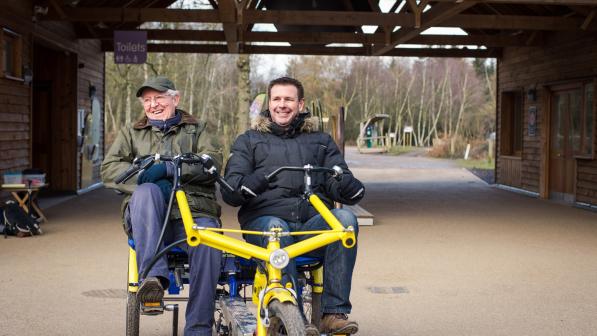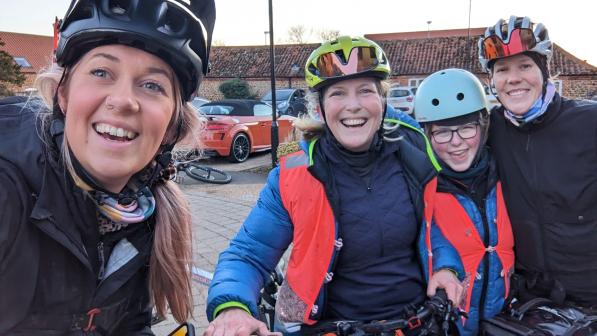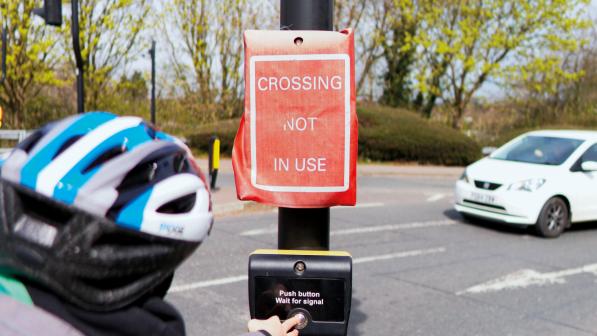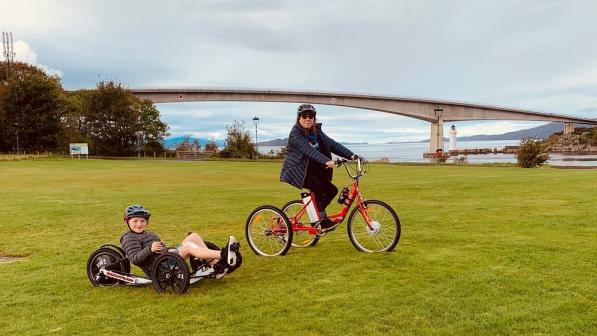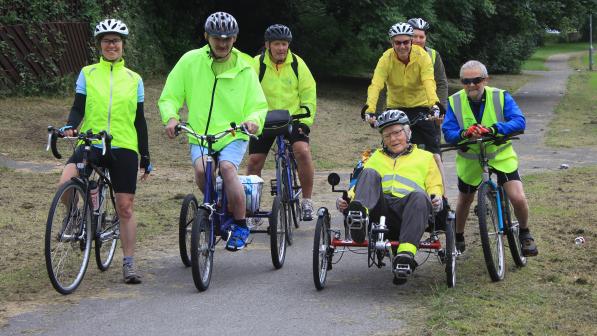Opinion: Disability and cycling – a panacea, an obstacle course, or both?

In the UK Disabled people face significant barriers to transport and make 38% fewer journeys across all transport types than non-disabled people (Motability 2022). Disabled people have the worst mental and physical health outcomes of any population group, and much of this is due to the health impacts of lack of access to exercise, mobility and physical activity (Inckle 2020).
Disabled people are also more likely to experience poverty and social isolation than any other group, which has further health implications (EHRC 2017).
At Wheels for Wellbeing (WfW) we see cycling as a solution to all of these issues. It is a form of autonomous transport and mobility that provides Disabled people with freedom of movement and independence as well as the physical and mental health benefits of physical activity.
It can also provide access to local communities and social participation and may increase employment opportunities via increased mobility and independence. In the context of climate breakdown, it is also crucial that everyone has access to low and zero carbon forms of transport.
It is a form of autonomous transport and mobility that provides Disabled people with freedom of movement and independence
Dr Kay Inckle, campaigns and policy manager, Wheels for Wellbeing
However, there are many barriers to Disabled people cycling. Disabled cyclists consistently report that inaccessible cycle infrastructure prevents them from cycling (WfW 2022). For example, narrow cycle lanes, poor surface quality, steep camber or stepped access prevent many Disabled people from cycling, as do access barriers such as A-frames, K-frames and chicanes (see WfW 2020).
But these infrastructural barriers don’t only impede Disabled cyclists, they also prevent access for anyone on a larger cycle such as a family cycle, tandem or cargo cycle. If we are serious about decarbonisation and prioritising active travel, then cycling infrastructure needs to be accessible for all types of cycles and all journeys, otherwise businesses will not switch to cargo bike delivery and parents won’t consider cycling the school run.
In 2017 WfW helped set up the Beyond the Bicycle Coalition to campaign on precisely these issues and, since then, WfW’s Guide to Inclusive Cycling has impacted the cycle design standards in LTN1/20 and some of the schemes rolled out under the Gear Change policy.
Priced out
One of the most significant barriers that Disabled cyclists face is the cost of non-standard cycles or adaptations to bikes. A reasonable-quality e-assist handcycle or tricycle will often cost at least £4,000 and often up to £7,000. This is not affordable for most people, but in the context of the disability pay and employment gaps it becomes a double barrier: the people with least access to financial resources face the highest costs to cycling.
Add to that issues of finding space at home to store a large cycle, the lack of accessible public cycle parking, and difficulties in finding a bike shop that can service and repair a non-standard cycle, cycling is out of reach for many Disabled people. WfW has been working with a range of bodies, including DfT, to explore solutions to these barriers, and has recently rolled out training on accessible cycle parking that has been delivered nationwide.

Disabled cyclists also often experience attitudinal barriers which can range from unwanted attention to hostility and hate crime (WfW 2022) – and public hate crime against Disabled people has been increasing over recent years (EHRC 2017).
Recent data from Sustrans show that Disabled people have the worst experience of their local active travel environment than any other population group. For example, only 56% of Disabled people feel safe and welcome in their local community and only 31% think cycling safety is good in their area.
So, while cycling can be a panacea for many of the barriers to health and mobility that Disabled people encounter – in addition to mitigating climate breakdown – there are many structural, financial and social impediments to Disabled people cycling. At the same time, there are lots of things that non-Disabled cyclists can do to improve access to cycling for Disabled people, here are some examples:
- Notice and challenge barriers on cycle routes and infrastructure
- Ditto cycle parking – and always ask where the accessible cycle parking is
- Use inclusive language – and therefore think inclusively; for example, let’s talk about cycles not bikes, so that we are always including all cyclists
- Use inclusive imagery: pictures of non-standard cycles and Disabled cyclists can help to challenge and change perceptions
- Consult and include Disabled people on all things cycling – and pay for their time and expenses
- Support WfW: follow us on social media @Wheels4Well, and download and share our campaigns and resources, including The Guide to Inclusive Cycling and our recent Survey Report
